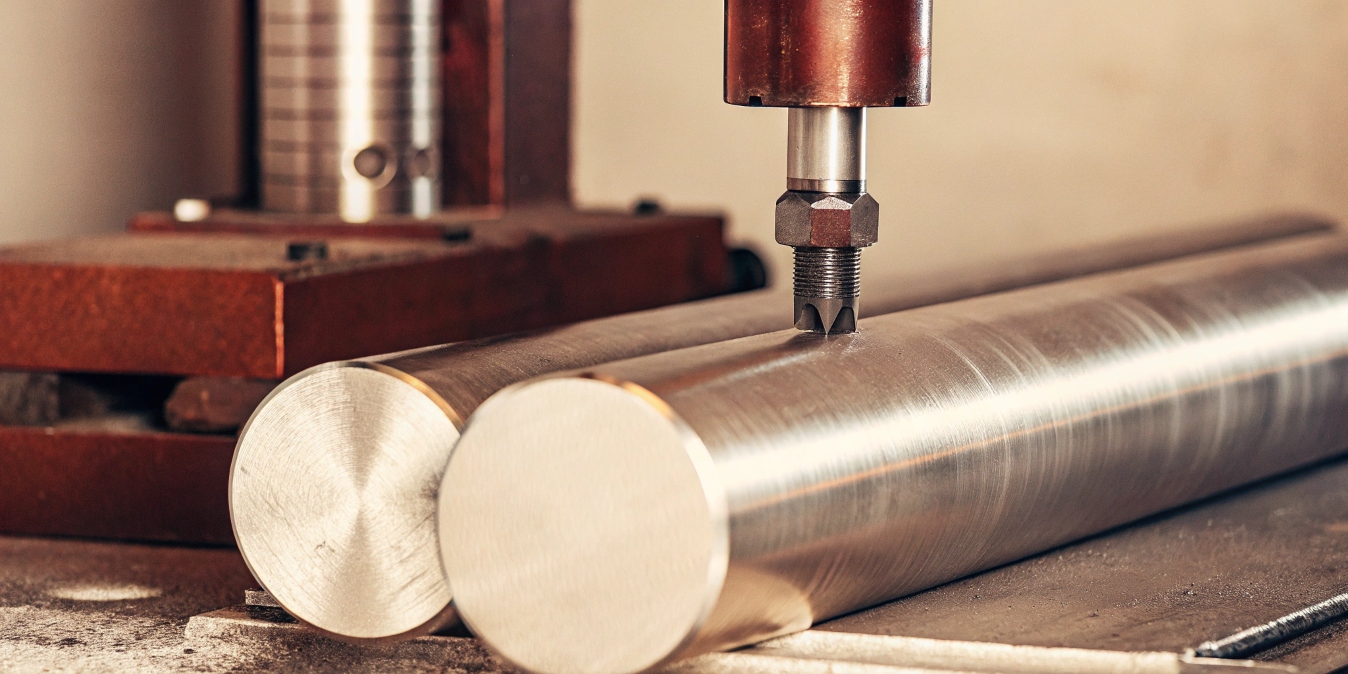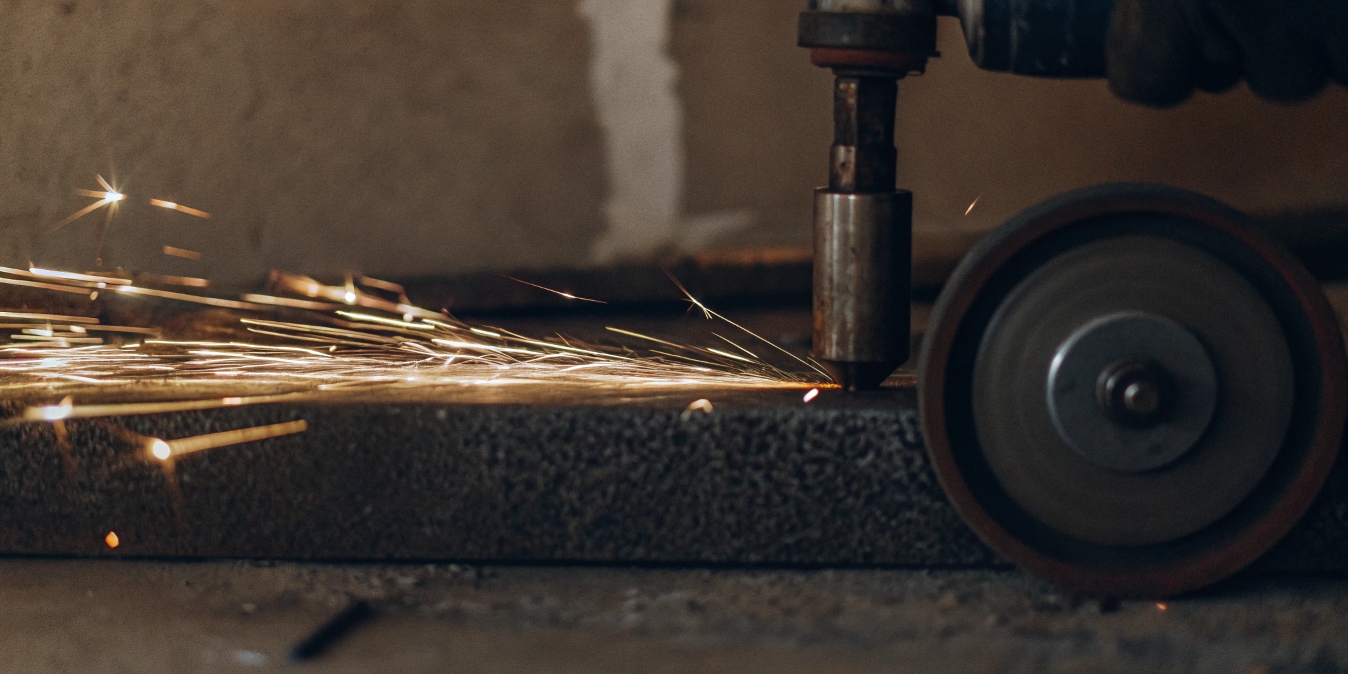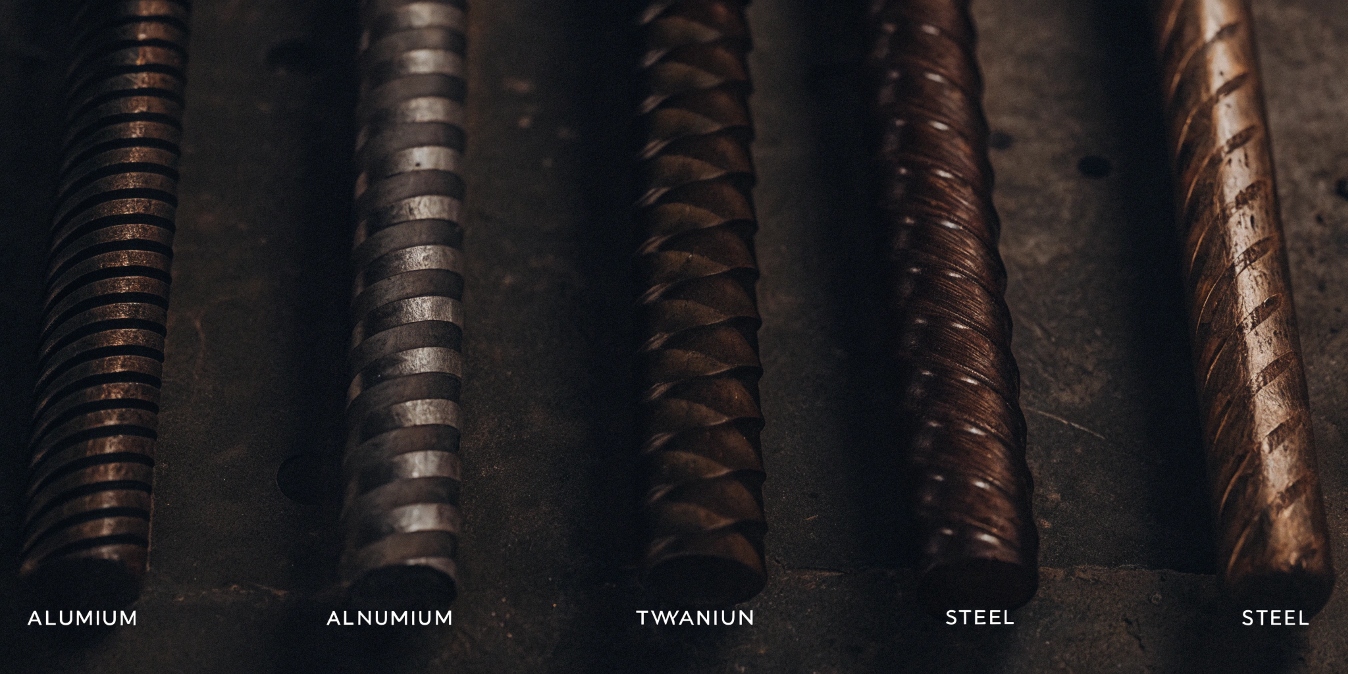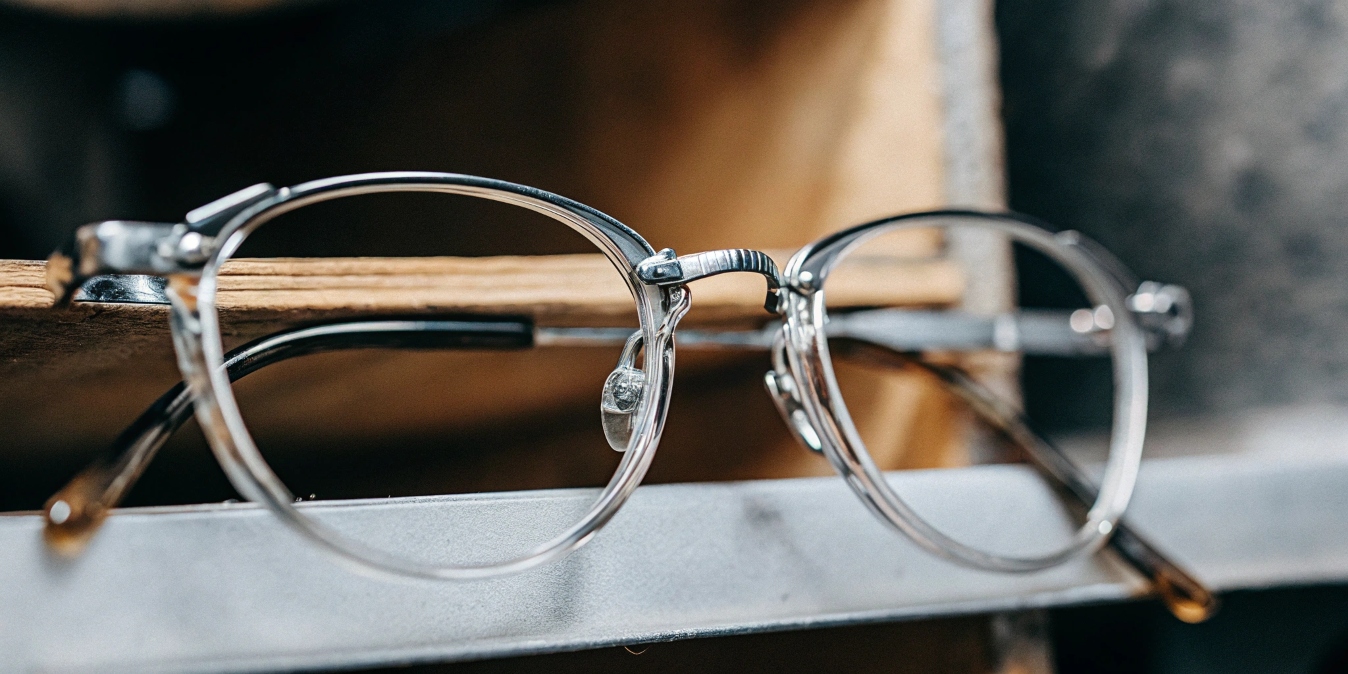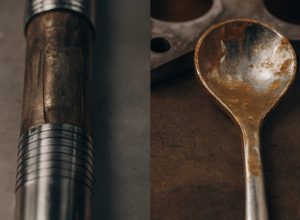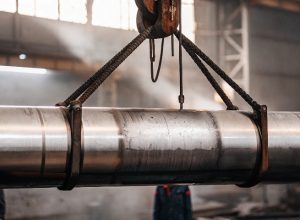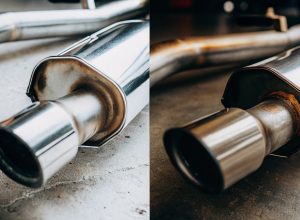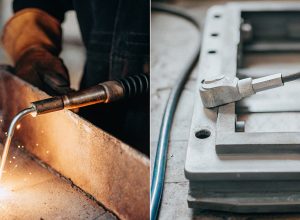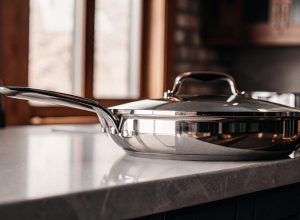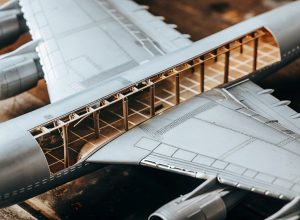¿Le cuesta entender las propiedades reales del titanio? Oyes que es increíblemente fuerte, pero luego alguien lo llama blando. Esta confusión puede llevar a errores caros a la hora de elegir los materiales para su proyecto.
Sí, el titanio comercialmente puro es relativamente blando en comparación con la mayoría de las aleaciones de acero. Su dureza es similar a la del acero inoxidable recocido, pero mucho más dura que la del aluminio. Esta "blandura" es la razón por la que es tan fácil de conformar y soldar, lo que lo hace ideal para aplicaciones no estructurales.
Es una pregunta que me hacen a menudo, sobre todo nuevos clientes como Ahmed, que dirige una empresa de distribución de metales en Turquía. Necesita materiales en los que sus clientes puedan confiar, y los mensajes contradictorios sobre la dureza del titanio pueden ser un verdadero quebradero de cabeza. ¿Es fuerte como un tanque o blando como un anillo? La respuesta no es un simple sí o no. Depende de con qué se compare y de si se trata de titanio puro o de una de sus muchas aleaciones. Vamos a desglosarlo para que pueda tomar la decisión correcta en cada momento.
¿Cómo saber si es titanio auténtico?
¿Le preocupa no estar adquiriendo titanio auténtico? Un metal no verificado puede destruir la integridad y seguridad de su proyecto. Es un temor común en el sector, y válido.
Puede identificar el titanio auténtico con unas sencillas pruebas. Una prueba de chispa contra una muela abrasiva produce chispas blancas brillantes. Para una mayor precisión, una comprobación de la densidad o un análisis profesional con un Espectrómetro de fluorescencia de rayos X (FRX)1 es la prueba definitiva de su autenticidad y calidad.
En mis 12 años en la cadena de suministro del titanio, he visto cómo unos cuantos clientes se quemaban con materiales falsificados antes de empezar a trabajar conmigo. Por eso siempre verificamos nuestras existencias. La primera comprobación, y la más sencilla, es la prueba de la chispa. Cuando se toca el titanio con una muela abrasiva, saltan chispas blancas, brillantes y cortas. El acero, en cambio, produce chispas largas de color amarillo anaranjado. Es una forma rápida y aproximada de distinguirlos.
Para una comprobación más precisa y no destructiva, utilizamos una pistola XRF. Se trata de un dispositivo portátil que indica la composición elemental exacta del metal en cuestión de segundos. Así confirmamos no sólo que se trata de titanio, sino de qué grado es. Podemos saber inmediatamente si tenemos titanio puro de grado 2 o una aleación de grado 5. Es el estándar de oro para la verificación de materiales.
He aquí un sencillo desglose de lo que buscamos:
| Método de ensayo | Titanio puro Resultado | Resultado común del acero |
|---|---|---|
| Prueba de chispa | Chispas blancas, brillantes | Chispas largas de color amarillo/naranja |
| Densidad | ~4,5 g/cm³ (parece ligero para su tamaño) | ~7,85 g/cm³ (parece notablemente más pesado) |
| Prueba magnética | No magnético | Normalmente magnéticos (excepto algunos aceros inoxidables) |
| Color/Apariencia | Gris plateado oscuro con acabado mate | Plata más clara con un acabado más reflectante |
¿Cuáles son las desventajas del titanio puro?
¿Está pensando en utilizar titanio puro en un proyecto? Su increíble resistencia a la corrosión puede hacerle perder de vista sus verdaderos inconvenientes. Utilizarlo para el trabajo equivocado puede provocar fácilmente el fallo de la pieza.
Las principales desventajas del titanio puro son su menor resistencia y su escasa resistencia al desgaste en comparación con sus aleaciones. Además, es más caro que el acero. Estos factores lo hacen inadecuado para aplicaciones de alta tensión o alta fricción, en las que una aleación como el Grado 5 funcionaría mucho mejor.
Aunque el titanio puro es un material fantástico, no es un superhéroe. Su mayor debilidad es su resistencia a la tracción y dureza relativamente bajas. Esto significa que no es la mejor opción para piezas que deban soportar cargas pesadas o una alta fricción. Una vez tuve un cliente que quería utilizar titanio puro de grado 2 para un conjunto de engranajes personalizados por su resistencia a la corrosión en un entorno marino. Tuve que desaconsejárselo. El titanio puro es propenso al "gripado", en el que las superficies se agarrotan y se dañan al rozarse entre sí. Los engranajes habrían fallado muy rápidamente.
En su lugar, recomendamos titanio de grado 5. El Grado 5 (Ti-6Al-4V) es una aleación que contiene aluminio y vanadio, lo que aumenta drásticamente su resistencia y dureza. Mantiene la mayor parte de la resistencia a la corrosión, pero resuelve el problema del desgaste. Es un ejemplo perfecto de cómo elegir la herramienta adecuada para cada trabajo.
He aquí una rápida comparación:
| Propiedad | Titanio comercialmente puro (grado 2) | Aleación de titanio (grado 5) |
|---|---|---|
| Resistencia a la tracción | ~345 MPa | ~950 MPa |
| Dureza (Brinell) | ~200 HB | ~334 HB |
| Lo mejor para | Procesamiento químico, implantes médicos, piezas marinas con baja tensión | Aeroespacial, piezas de motores de alto rendimiento, componentes estructurales |
| Debilidad clave | Baja resistencia, escasa resistencia al desgaste | Mayor coste, más difícil de mecanizar |
Entonces, ¿el titanio es duro o blando?
El debate sobre si el titanio es duro o blando es confuso. Esta confusión dificulta la elección del material adecuado para sus necesidades, lo que puede hacerle perder tiempo y dinero.
El titanio puro se considera blando en relación con los aceros de alta resistencia, pero duro en comparación con el aluminio. Su dureza Brinell es de unos 200 HB. Sin embargo, las aleaciones de titanio como el Grado 5 son significativamente más duras y resistentes, por lo que es vital distinguir entre el titanio puro y sus aleaciones.
Este es el meollo de la cuestión. Cuando la gente dice "titanio", puede referirse a una docena de cosas diferentes. Pero en la industria, hay una línea clara. "Titanio puro" (como los grados 1-4) es blando. Las "aleaciones de titanio" (como el grado 5) son duras. Piénselo así: el hierro puro es blando, pero cuando se convierte en acero añadiéndole carbono, se vuelve duro y fuerte. El titanio funciona de la misma manera.
Cuando mi cliente Ahmed almacena materiales para pequeños fabricantes, esta distinción es fundamental. Un joyero puede querer titanio blando y puro porque es fácil de moldear para hacer un anillo. Un taller de maquinaria aeroespacial necesita una aleación dura de grado 5 para fabricar un componente del tren de aterrizaje que pueda soportar enormes tensiones. Ambos son "titanio", pero sus propiedades son muy distintas. En nuestras líneas de procesamiento, podemos incluso aumentar la dureza del titanio puro en unos 30% mediante el trabajo en frío, que básicamente compacta la estructura del metal. Se vuelve más duro, pero nunca alcanzará el nivel de una aleación.
| Material | Dureza (Brinell, HB - aproximada) | Se siente como... |
|---|---|---|
| Aluminio (6061) | 95 HB | Muy suave, fácil de rayar y doblar |
| Titanio puro (grado 2) | 200 HB | Más duro que el aluminio, pero puede rayarse con el acero |
| Acero dulce | 120 HB | Suave para un acero, muy común |
| Acero endurecido | 400-600 HB | Muy duro, utilizado para herramientas y cuchillas |
| Aleación de titanio (grado 5) | 334 HB | Muy duro y resistente, difícil de mecanizar |
¿Es flexible el titanio puro?
¿Necesita un material que pueda doblarse y recuperar su forma? Elegir un material demasiado rígido o demasiado débil puede hacer que sus piezas fallen bajo tensión.
Sí, el titanio puro tiene un buen grado de flexibilidad. Su bajo módulo elástico2 (116 GPa) le permite doblarse bajo tensión y recuperar su forma original sin sufrir daños permanentes. Esta propiedad lo hace excelente para aplicaciones como placas óseas médicas y monturas de gafas.
La flexibilidad, o más técnicamente, un módulo elástico bajo, es una de las características más valiosas del titanio puro. Un módulo elástico alto significa que el material es muy rígido, como la cerámica o la mayoría de los aceros. Se romperá antes de doblarse mucho. Un módulo elástico bajo significa que el material puede flexionarse bastante y luego volver a su forma original. El titanio se encuentra en un punto óptimo. Es la mitad de rígido que el acero, pero mucho más resistente que el aluminio.
Por eso es tan popular en implantes médicos. Cuando un cirujano fija una placa de titanio a un hueso, necesita que sea lo bastante fuerte para sostener el hueso pero lo bastante flexible para moverse con la flexión natural del cuerpo. Las placas de acero suelen ser demasiado rígidas, lo que puede causar problemas. He trabajado con varias empresas de productos sanitarios y eligen titanio puro precisamente por esta razón. Imita la flexibilidad del hueso humano mejor que casi cualquier otro metal, al tiempo que es completamente atóxico y resistente a la corrosión de los fluidos corporales. Es la combinación perfecta de fuerza y tolerancia.
| Material | Módulo elástico (GPa) | Nivel de flexibilidad |
|---|---|---|
| Aluminio | ~69 GPa | Muy flexible, pero débil |
| Titanio puro | ~116 GPa | Buena flexión, fuerte recuperación elástica, "punto dulce". |
| Acero | ~200 GPa | Muy rígido, poco flexible |
Conclusión
El titanio puro es relativamente blando pero también flexible, con una gran resistencia a la corrosión. Para aplicaciones que requieren gran dureza y resistencia, las aleaciones de titanio son una opción mucho mejor. Verifique siempre su material.

